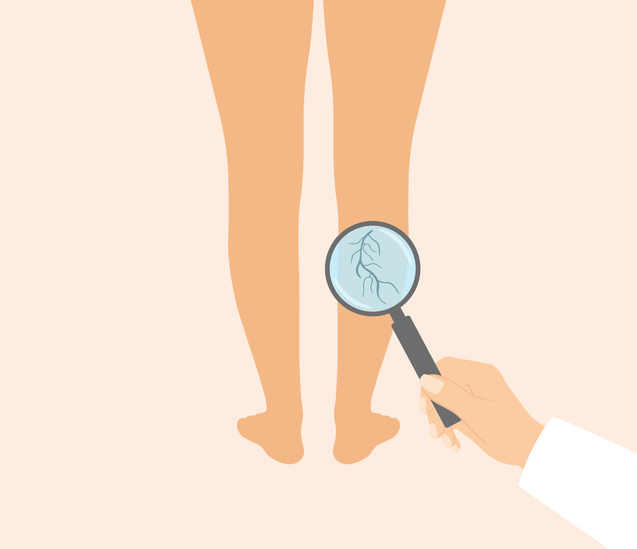Signs of a Problem
Urinary incontinence (loss of bladder control) is a common problem. Many women assume it’s an inevitable part of aging, but it doesn’t have to be.
Signs of the most common kinds of urinary incontinence include:
- Stress incontinence: Leaking urine when you laugh, cough, sneeze or lift something heavy
- Urgency incontinence: A sudden, strong urge to urinate, followed by leakage
- Overflow incontinence: Frequent leakage due to trouble fully emptying the bladder
Common Causes
Some foods, drinks and medications can irritate the bladder and increase urine production, leading to leakage. These include:
- Caffeine
- Chocolate
- Carbonated drinks
- Alcohol
- Spicy or sugary foods
- Citrus fruits
- Artificial sweeteners
- Some blood pressure and heart medications
Other factors that might increase your risk of developing urinary incontinence include:
- Pregnancy and childbirth
- Family history
- Smoking
- Excess weight
- Diabetes
- Neurological diseases
- Sleep apnea
- Aging (which weakens bladder muscles)
Treatment Options
“Urinary incontinence is not just a normal part of aging,” says Sarah K. Evans, MD, a urogynecologist with Carilion Clinic. “If urinary frequency, urgency or leakage is affecting your quality of life, you do have lifestyle and treatment options.”
Treatment will vary from person to person, depending on the type of incontinence you have. Options include:
- Lifestyle changes: “For some women, making lifestyle changes such as reducing caffeine or fluid intake can help,” says Dr. Evans.
- Pelvic floor exercises: Specially trained physical therapists can help strengthen these muscles.
- Procedures: For stress incontinence, outpatient surgical procedures and non-surgical options like a pessary (a vaginal insert) are available.
- Meds: Oral medications for urgency incontinence can block bladder contractions.
- Botox injections: This relaxes the bladder muscle and is an option for women who don’t respond well to other treatments.
- Nerve stimulation: Treatments like sacral neuromodulation (a bladder "pacemaker") and tibial nerve stimulation (a simple in-office procedure) can help regulate bladder function.
If you struggle with leaks, don’t be embarrassed! Talk to your talk to your primary care physician or OB/GYN. They can provide a referral to a urogynecologist to explore your treatment options.

